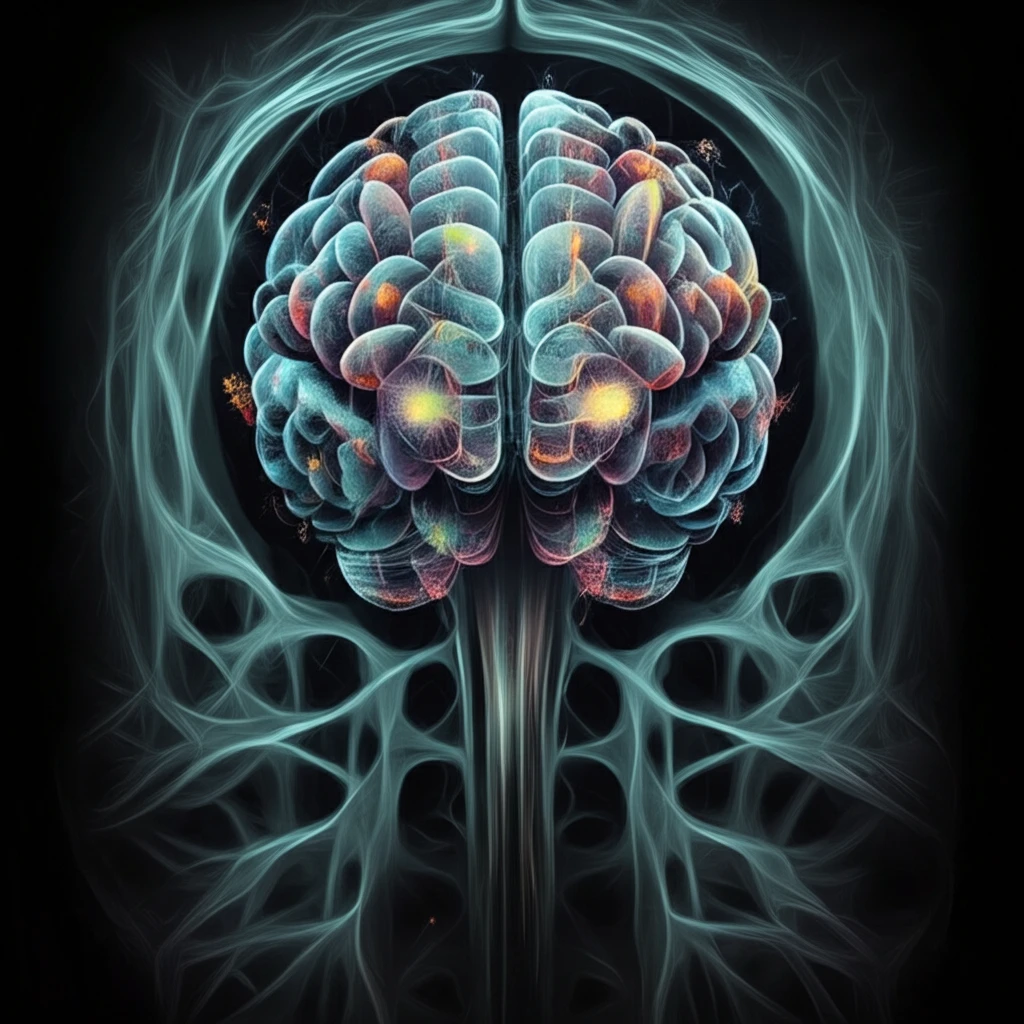
Unlock Your Brain's Potential: How New EEG Tech is Revolutionizing Connectivity Analysis
"Dive into the future of neuroscience with singular value decomposition (SVD) and discover how it's changing our understanding of brain networks."
For years, scientists have been trying to figure out exactly how our brains connect and communicate. Thankfully, with the help of new technology, the use of high-density electrode arrays for EEG recordings combined with the improvements of source reconstruction algorithms has allowed the investigation of brain networks dynamics at a sub-second scale.
One of the most promising tools for mapping these intricate connections is time-varying effective connectivity, which is applied to source signals derived from electric source imaging (ESI). This method allows researchers to see, in real-time, how different parts of the brain interact. But, the brain is usually par-celled into a limited number of regions of interests (ROIs) before computing EEG connectivity.
A major challenge has been finding a way to accurately represent the vast amount of information—the time- and frequency-content—carried by hundreds of dipoles with diverging orientation in each ROI with one unique representative time-series. New study provides a method to compute a signal that explains most of the variability of the data contained in each ROI before computing, for instance, time-varying connectivity.
The Power of Singular Value Decomposition (SVD)

Imagine trying to understand a symphony by listening to each instrument individually. It would be overwhelming, right? That’s similar to what researchers face when studying the brain. Each region of interest (ROI) contains countless individual signals, making it hard to see the bigger picture. To solve this, scientists are turning to a technique called singular value decomposition, or SVD.
- Enhanced Connectivity Analysis: By focusing on the dominant signal, SVD improves the accuracy of connectivity analysis, helping researchers better understand how different brain regions communicate.
- Noise Reduction: SVD filters out the background noise and irrelevant data, making it easier to identify meaningful connections and patterns.
- Real-World Applications: This method has been successfully applied to study visual evoked potentials (VEPs) and epileptic spikes, demonstrating its versatility and reliability.
The Future of Brain Connectivity Research
The use of SVD to analyze EEG data represents a significant step forward in our ability to understand the complexities of the brain. The research shows that EEG source dipole orientation, based on singular value decomposition, is revolutionizing connectivity analysis, offering new insights into brain function and neurological disorders. By providing a clearer, more accurate picture of brain connectivity, this method opens up exciting new avenues for research and treatment.
